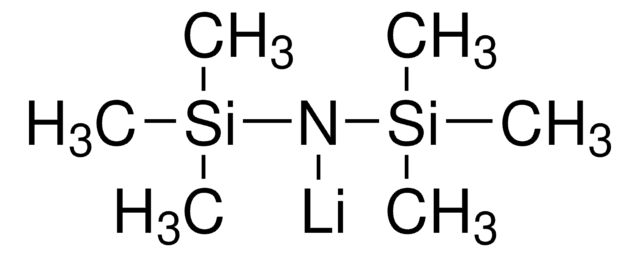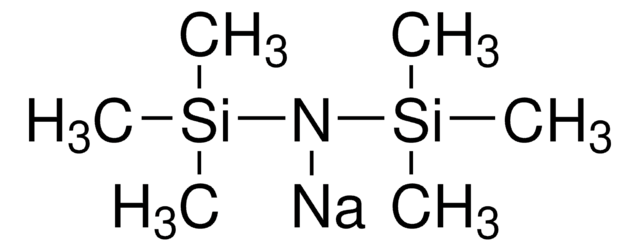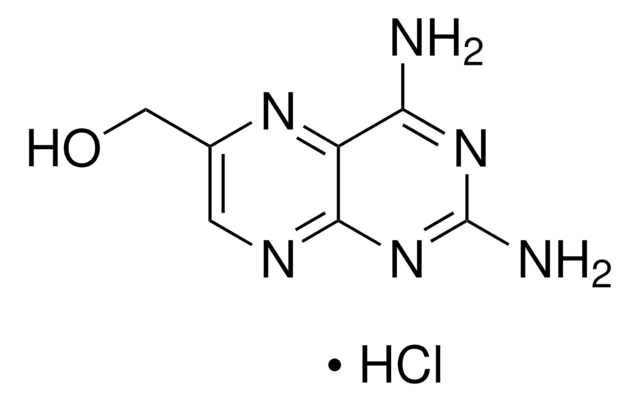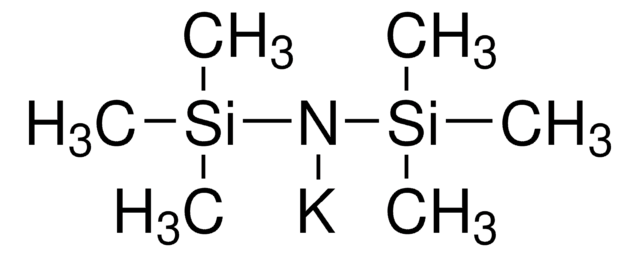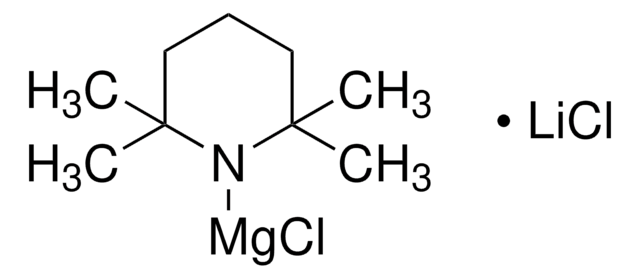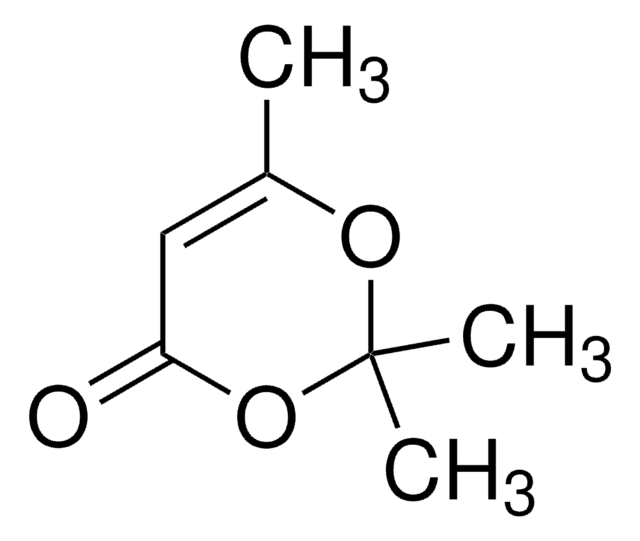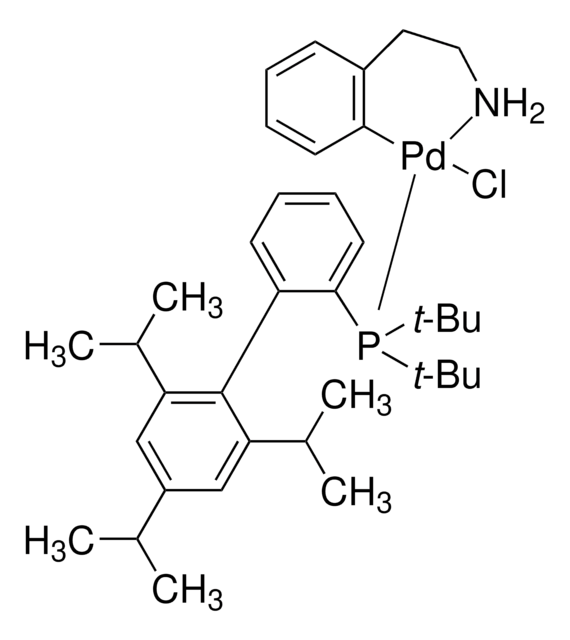577928
Litio bis(trimetilsilil)amide
1 M in toluene
Sinonimo/i:
Esametildisilazano
About This Item
Prodotti consigliati
Livello qualitativo
Concentrazione
1 M in toluene
Densità
0.860 g/mL at 25 °C
Stringa SMILE
[Li]N([Si](C)(C)C)[Si](C)(C)C
InChI
1S/C6H18NSi2.Li/c1-8(2,3)7-9(4,5)6;/h1-6H3;/q-1;+1
YNESATAKKCNGOF-UHFFFAOYSA-N
Cerchi prodotti simili? Visita Guida al confronto tra prodotti
Descrizione generale
Applicazioni
- In the deprotonation and nucleophilic difluoromethylation reactions.
- To synthesize isoquinoline derivatives by the addition of N-iodosuccinimide (NIS) to the α-benzyl tosylmethyl isocyanides.
- To prepare arylboronic acid pinacol esters by the reaction of aryl fluorides with bis(pinacolato)diboron via palladium-catalyzed cross-coupling reaction.
Avvertenze
Danger
Indicazioni di pericolo
Classi di pericolo
Aquatic Chronic 3 - Asp. Tox. 1 - Eye Dam. 1 - Flam. Liq. 2 - Repr. 2 - Self-heat. 1 - Skin Corr. 1B - STOT RE 2 - STOT SE 3
Organi bersaglio
Central nervous system
Rischi supp
Codice della classe di stoccaggio
4.2 - Pyrophoric and self-heating hazardous materials
Classe di pericolosità dell'acqua (WGK)
WGK 3
Punto d’infiammabilità (°F)
48.0 °F - closed cup
Punto d’infiammabilità (°C)
8.9 °C - closed cup
Dispositivi di protezione individuale
Faceshields, Gloves, Goggles, type ABEK (EN14387) respirator filter
Scegli una delle versioni più recenti:
Possiedi già questo prodotto?
I documenti relativi ai prodotti acquistati recentemente sono disponibili nell’Archivio dei documenti.
I clienti hanno visto anche
Il team dei nostri ricercatori vanta grande esperienza in tutte le aree della ricerca quali Life Science, scienza dei materiali, sintesi chimica, cromatografia, discipline analitiche, ecc..
Contatta l'Assistenza Tecnica.